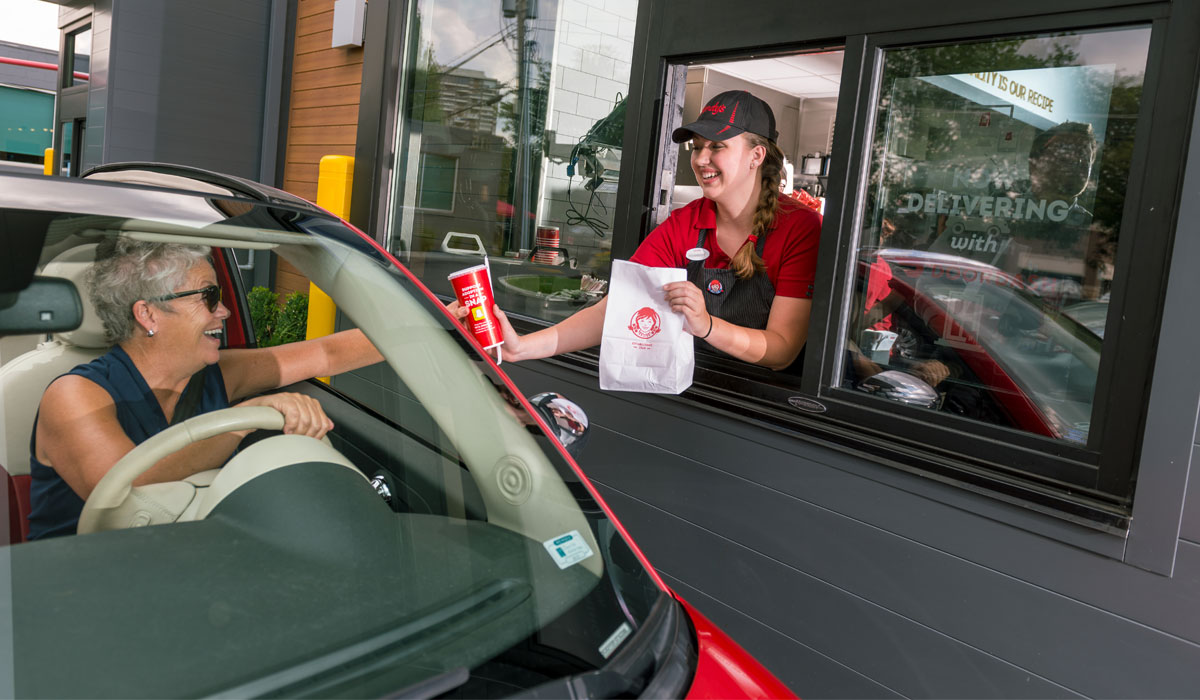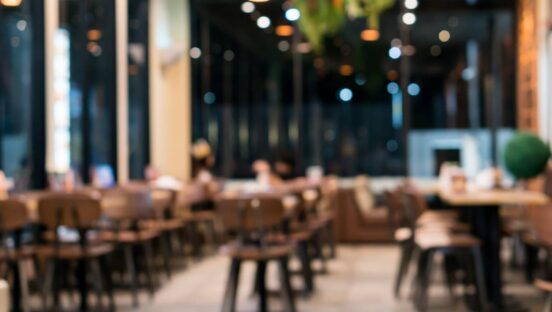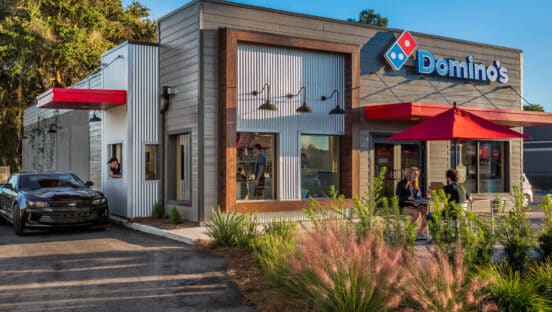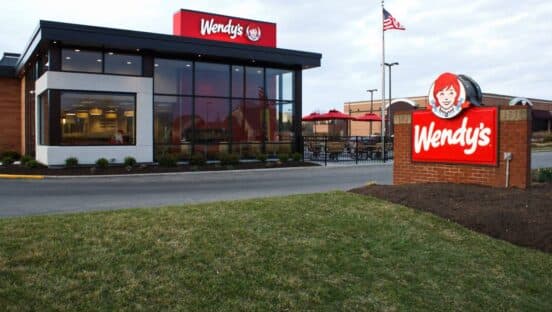Joel Naroff, president of Naroff Economics, says what most have reported—the coronavirus will have a devastating impact for restaurants operating with thin margins. In his opinion, there will be many locations that don’t make it.
“We haven’t even started measuring the problem because the tests just weren’t out there and as they get there over the next two to four weeks, we will see the extent of the problem,” Naroff says. “There will be these limitations, and to the extent that the restaurant industry is a social industry, they can move to takeout as much as possible, but how much of your business can you truly replace in a takeout kind of setting?”
STAY UP TO DATE WITH OUR CORONAVIRUS LANDING PAGE
More than half of states have closed dining areas for restaurants or bars to curb the spread of the virus, forcing brands to go all-in for takeout, drive-thru, and delivery. To encourage social distancing, the Trump administration recommended that citizens do not gather in groups of more than 10 people.
According to Black Box Intelligence, nearly 70 percent of restaurants have experienced a drop in traffic as a result of the outbreak, including 85 percent at upscale-casual and fine-dining establishments. For the week ending March 8, comp traffic dropped 3.7 percent at full-service restaurants and 3.1 percent at limited-service locations.
Naroff says the impact is in many ways different from what the country saw during the Great Recession more than a decade ago.
“The simple fact is, we should’ve had a bill through Congress paying for all of these things. Paying for all the tests, paying for the respirators, paying for expanding the healthcare sector, etc. But we haven’t had that,” says Joel Naroff, president of Naroff Economics.
He explains that people losing their jobs back then didn’t mean they stopped going to restaurants. Instead, they’d downshift. For example, if people frequented casual-dining brands, they’d downshift to fast casual, and then to fast food. If some were going out twice a week, they may have lowered to once a week or once every other week. People were still maintaining a semblance of order, and there was still demand.
But now, amid the virus outbreak, demand is being crippled.
“Businesses that could hold on were able to hold on [during the Great Recession],” Naroff says. “[In 2020] the same business that might have been able to hold on because they had lower demand and they could have fewer workers and at least cover their rent, but now, unless they can replace it with takeout, you’re going to have a lot of places that might’ve covered their rent 10 years ago, but can’t cover their rent today.”
Although, Naroff says restaurant can use this time as an opportunity to cement a secondary demand via takeout. The economist adds that restaurants should use the pandemic as a chance to sustain their client base, but also expand it.
Black Box data shows that consumers decreased spending at restaurants by 2.8 percent, in favor of food at grocery stores, during the first week in March. Naroff says that if takeout is done correctly, the channel can grow and become an even more viable option after the pandemic ceases.
“Here’s a way to directly compete with [eating at home] and show you’re capable of being an alternative,” Naroff says. “And that’s really what’s being forced here.”
In Washington D.C., the Trump administration is eyeing a $1 trillion economic stimulus plan to assist small businesses and put money directly into the hands of consumers.
It was reported that Treasury Secretary Steve Mnuchin told congressman behind closed doors that if Congress doesn’t act, unemployment in the U.S. could reach 20 percent, which hasn’t been seen since the Great Depression.
Naroff describes it as a worst-case scenario and that it assumes Congress doesn’t act. But he also criticizes how the federal government has been slow to respond to the crisis, forcing states around the country to take a piecemeal approach to imposing restrictions.
“The simple fact is, we should’ve had a bill through Congress paying for all of these things. Paying for all the tests, paying for the respirators, paying for expanding the healthcare sector, etc. But we haven’t had that,” Naroff says, “Under those set of circumstances, we don’t know how far this will spread and therefore we don’t know how great it will be. Could we get to 20 percent? I’m not going to say we’re likely to do that, but that’s the worst-case scenario. I wouldn’t be surprised if the treasury secretary didn’t scare the hell out of some congressmen. … So yes, if you don’t do anything and you have 100 million people come down with the virus, you’ve overwhelmed the healthcare sector, nobody is going anywhere and 20 percent is not out of the question. We need more action taken sooner at the federal level.”













